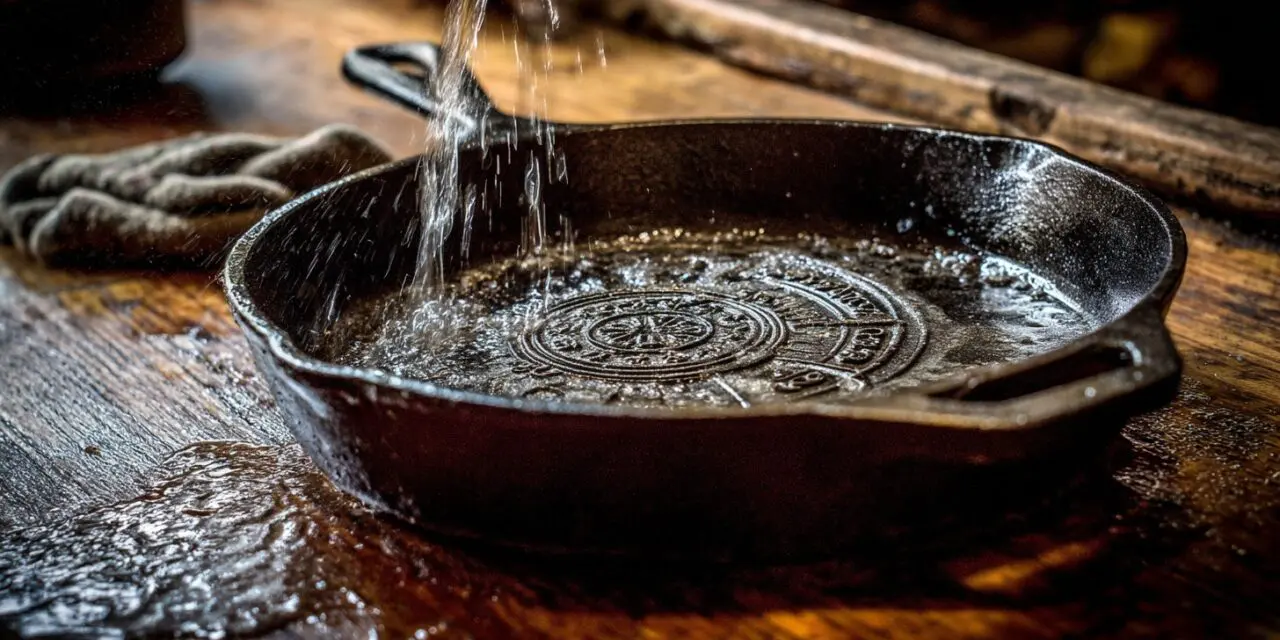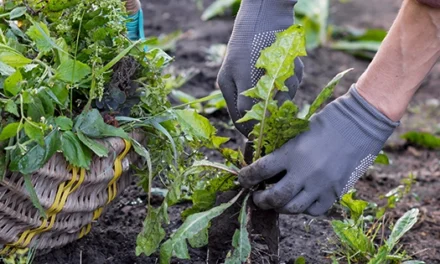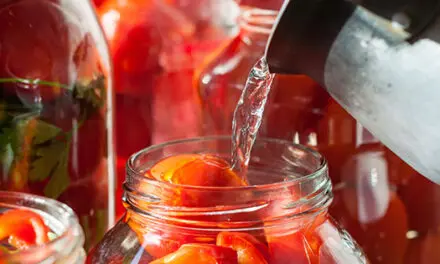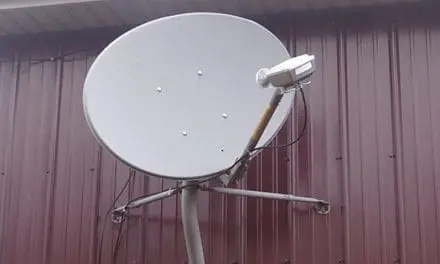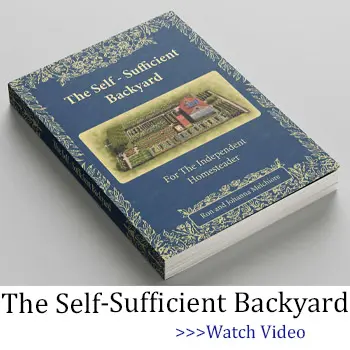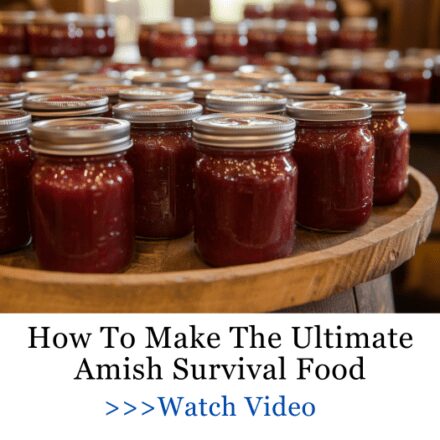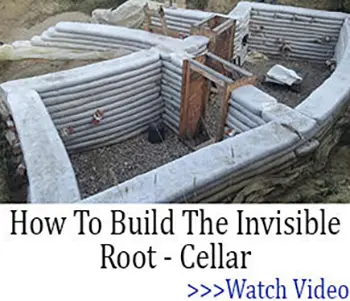Cast iron skillets are beloved in kitchens for their durability, heat retention, and ability to create perfectly seared meals. They are a favorite tool for cooking everything from cornbread to steaks. However, to keep your skillet in great condition and functioning at its best, proper care and cleaning are essential. You need to learn how to clean a cast iron skillet. Cast iron can last for generations, but only if it’s properly cleaned and maintained.
This guide will walk you through the steps on how to clean a cast iron skillet, why it’s important, and how you can ensure your skillet lasts for years to come.
Why It’s Important to Clean Your Cast Iron Skillet
Before diving into the cleaning process, it’s important to understand why regular cleaning and maintenance are crucial. Cast iron skillets, unlike other cookware, require proper seasoning to maintain a non-stick surface and prevent rust. If not cleaned properly, food residue and oils can build up, causing the skillet to lose its non-stick properties and even lead to rusting. Rust is the enemy of cast iron, and if left unchecked, it can ruin your skillet.
Furthermore, a well-maintained cast iron skillet can last for generations, becoming a valuable family heirloom. When you take the time to clean it properly, you’re investing in a kitchen tool that will continue to serve you well, whether you’re cooking for your family or using it in off-grid survival situations.
How to Clean a Cast Iron Skillet – Step By Step Guide
Cleaning a cast iron skillet is a bit different from washing other cookware, but it’s simple once you know the steps. Here’s how to properly clean your skillet after each use:
Step 1: Let the Skillet Cool Down
After cooking with your cast iron skillet, allow it to cool down. While you don’t want to clean it while it’s still hot, it’s also important not to let food dry and harden on the surface. Once it’s cool enough to handle but still slightly warm, it’s time to clean.
Step 2: Scrape Off Food Residue
Using a stiff brush, wooden spatula, or a plastic scraper, gently scrape off any food residue stuck to the skillet. Avoid using metal tools that could damage the seasoning layer.
Step 3: Rinse with Water
Rinse your skillet with warm water. If there’s stuck-on food, use a small amount of mild dish soap. While some people may suggest avoiding soap, a tiny bit of mild dish soap will not remove the seasoning, especially if you’ve properly maintained your skillet. Use your brush or scraper to help remove stubborn bits of food.
Step 4: Dry Immediately
Once the skillet is clean, make sure to dry it immediately with a towel or by heating it over low heat on the stove. If moisture is left on the skillet, it can cause rust to develop.
Step 5: Re-Season the Skillet
Once the skillet is dry, apply a thin layer of vegetable oil or flaxseed oil to the surface, using a paper towel to spread it evenly. Then, place the skillet upside down in a preheated oven at 350°F (175°C) for about an hour. This will allow the oil to bake into the surface, creating a new layer of seasoning and ensuring the skillet remains non-stick.
Learn more about restoring cast iron here: How To Restore A Cast Iron You Bought At Garage Sales
Things to Avoid When Cleaning a Cast Iron Skillet
-
Avoid soaking your skillet: Never soak your cast iron skillet in water for extended periods. This can cause rust to form and damage the seasoning layer.
-
Avoid using harsh detergents or abrasive sponges: While a small amount of mild dish soap is okay, harsh chemicals or abrasive pads will damage the skillet and strip away its seasoning.
-
Don’t put it in the dishwasher: Dishwashers are too harsh for cast iron and will ruin the skillet over time.
Why This Matters for Us
For people who want to be self-sufficient, maintaining a cast iron skillet is an essential skill. In off-grid situations or when you’re preparing meals in a survival scenario, having reliable cookware is vital. A well-maintained cast iron skillet is versatile, durable, and can be used over an open fire, making it an ideal tool for outdoor cooking.
Knowing how to clean and maintain your cast iron skillet properly ensures that your cookware remains effective, even in tough conditions. And in the long run, a seasoned skillet will make cooking easier, whether you’re preparing simple survival meals or gourmet dishes with limited resources.
Embrace the Skills of Self-Sufficiency
We need to master the basic skills that make us self-sufficient, and one of those skills is maintaining our tools like cast iron skillets. But self-sufficiency goes beyond just cookware. It’s about learning how to live off the land, make your own medicines, and harness the natural resources available to you.
The Lost Ways offers valuable insights into ancient survival techniques and how they can be applied in today’s world. By learning these lost skills, you’ll be prepared for any situation, whether you’re facing a power outage, an economic collapse, or any number of unexpected challenges. Don’t wait! Equip yourself with knowledge and skills that will ensure your survival for years to come.
Grab your copy HERE before it disappears from the stores!
Final Thoughts On How To Clean A Cast Iron Skillet
Keeping your cast iron skillet in top shape is simple, but it requires consistent care. By following these cleaning and maintenance tips, you can ensure that your skillet will continue to serve you for years to come. Whether you’re a seasoned prepper or just starting to get into cooking with cast iron, taking the time to maintain your cookware is an investment in your long-term survival.
Now that you’ve learned how to care for your skillet, I’d love to hear from you. Do you have any tips for cast iron care? Have you ever used your skillet in a survival situation? Share your thoughts and experiences in the comments below—we all learn from each other!
Foods You Shouldn’t Cook In Cast Iron
Learn How To Make The Amish Poor Man Steak (Video)
10 Surprising Ways Cast Iron Cookware Will Help You When SHTF
Best Non Toxic Bakeware: A Comprehensive Guide for Self-Sufficient Living

